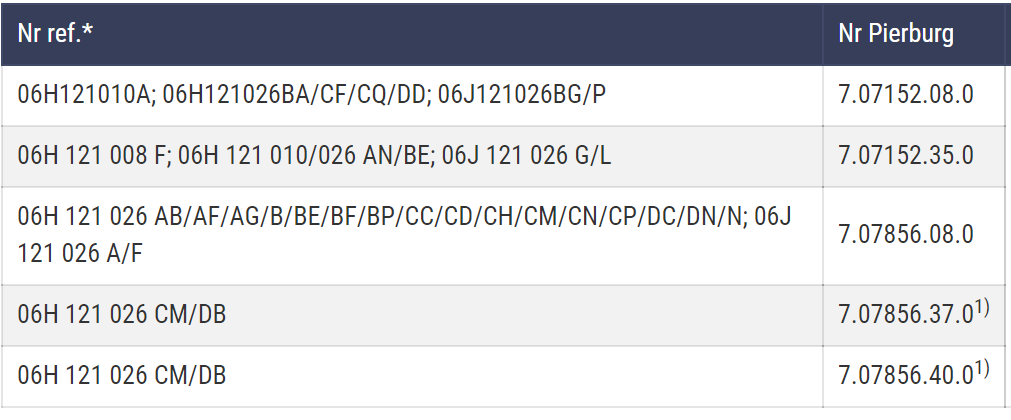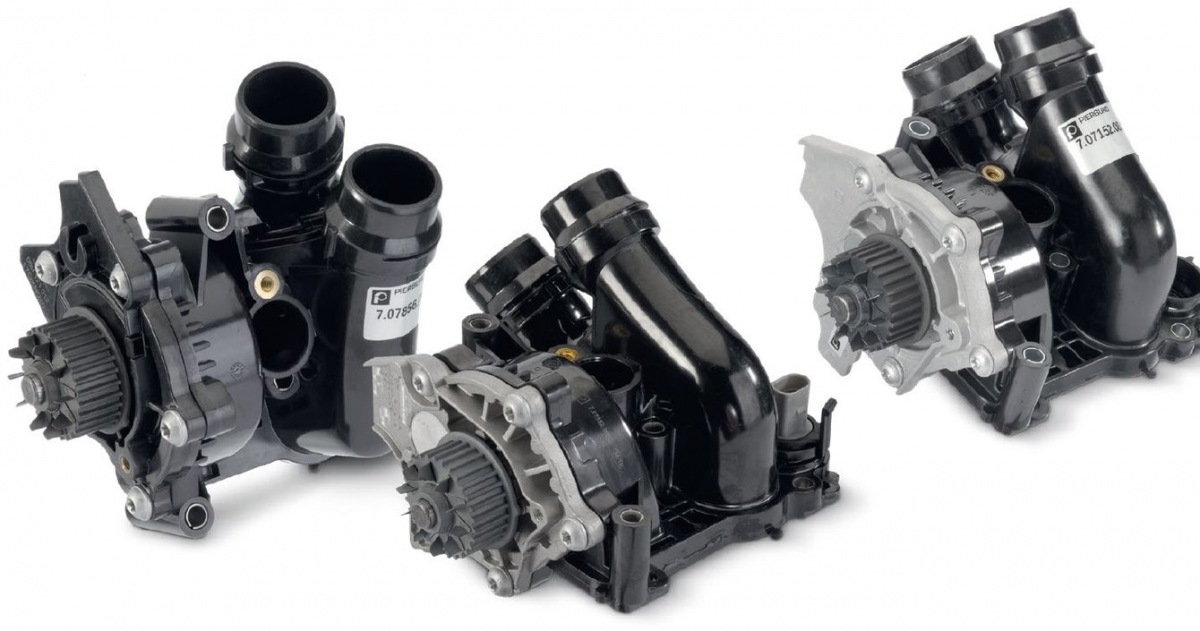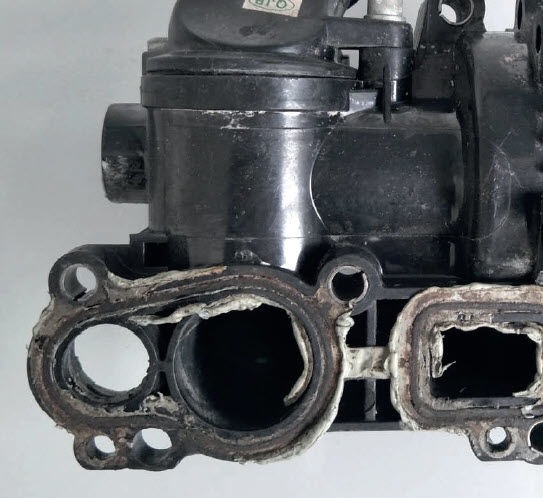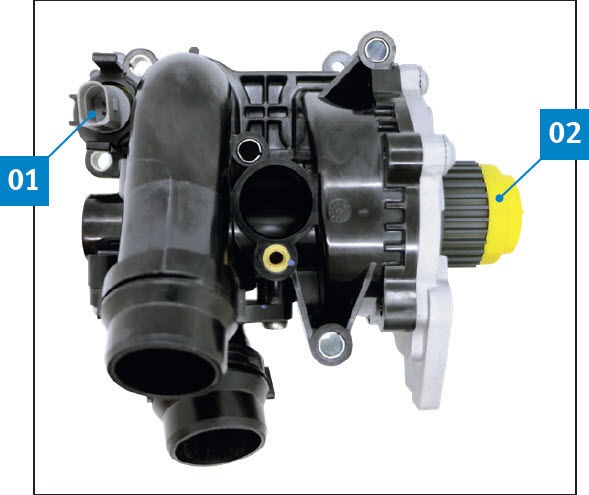Audi/Seat/Škoda/VW water pump – correct installation
The incorrect installation of numerous Audi, Seat, Škoda or VW water pumps may lead to housing cracks. Can water pump seals be lubricated with oil? What order should be followed when tightening the screws? Learn how to install correctly.


In the case of the aforesaid water pumps, incorrect installation can lead to damaging the housing. As a result of decreased cooling efficiency, more serious indirect damages may occur, e.g. engine failure.
The causes of such damages are:
- Contamination of seals with oil, for example, due to lubricating the seals or contaminating the surrounding with engine oil. This can lead to swelling of the seal and rupture of the housing (Fig. 2 and 3).
- Failure to follow the order of tightening screws and apply the required torque.

Therefore, please follow the enclosed instructions carefully.
ATTENTION
Always follow during the installation:
- All seals of this water pump may be used only in contact with the coolant. Never lubricate them, e.g. with engine oil.
- The surrounding of the place of installation as well as the coolant itself also must be free of oil contamination.
- If the seals come into contact with oil, they may become swollen in the groove, causing damage to the pump housing.
- Do not use any additional sealing agents. The pump may become leaky (Fig. 5).
TIP
In order to facilitate the installation, the seals may be lubricated with the coolant. Use only new sealing rings.
CAUTION
- Follow the order of tightening the screws (Fig. 4): [A] – [B] – [C] – [D] – [E]
Tightening torque: 9 Nm - Risk of injury:
- The yellow protective cap* (Fig. 6) must be removed from the ventilation blades only after installation.
TIP
A small leak of coolant from the leakage hole is structurally determined and doesn’t constitute a reason to file a complaint. Depending on the structure of the water pump, the temperature sensor** (Fig. 6) is already installed or attached separately.
















